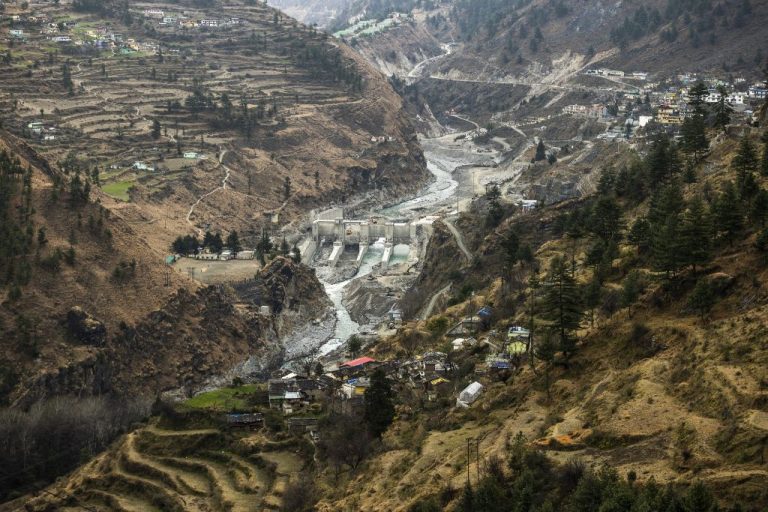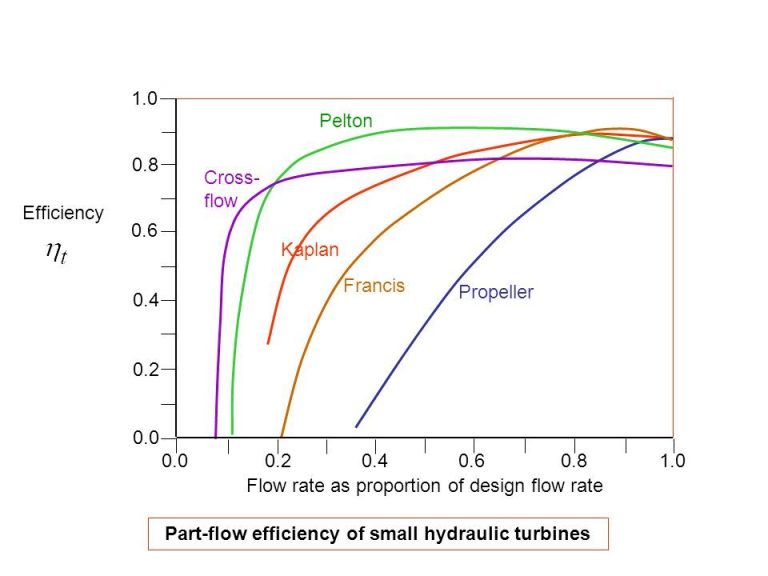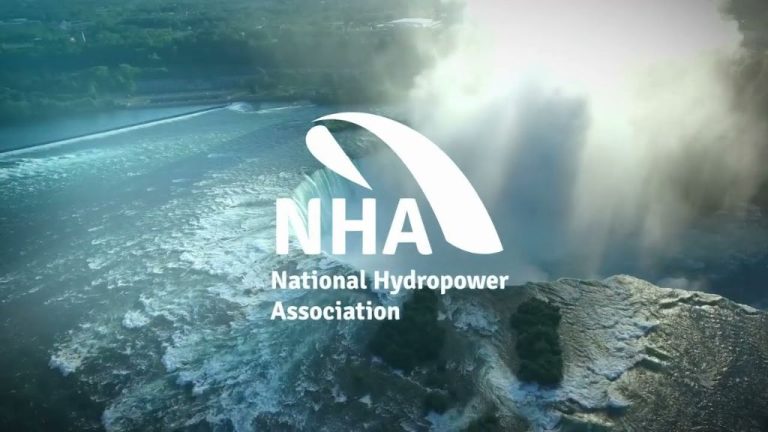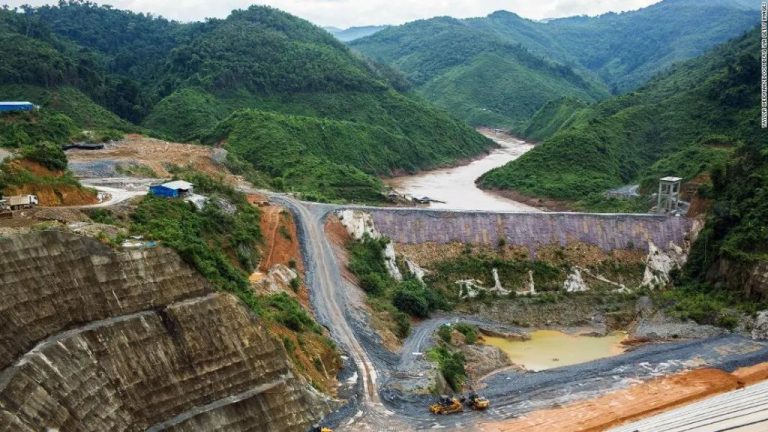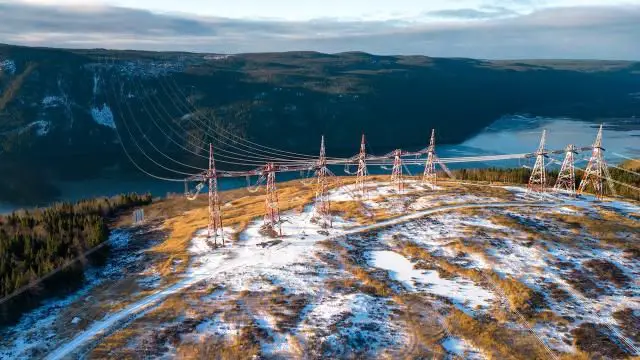How Much Water Is Needed To Generate 1 Megawatt?
Access to electricity is crucial for economic development and improving quality of life around the world. Generating electricity requires significant amounts of water for cooling and steam generation in thermal power plants, which produce over 80% of the world’s electricity. But how much water is actually needed to generate electricity?
This article examines the amount of water required to generate one megawatt of electricity from different energy sources. With growing populations and rising energy demand putting more pressure on limited freshwater supplies, understanding the water demands of electricity generation is critical for sustainable resource management.
We’ll analyze the key factors that determine water consumption for power generation, including cooling systems, plant efficiencies, and electricity sources. Regional variations in water use and trends over time will also be explored. By quantifying water requirements and impacts, we can assess the tradeoffs of different energy choices and identify opportunities to reduce freshwater demands in the power sector.
Water Usage by Energy Source
The amount of water needed for energy production varies significantly across different energy sources. Thermal power plants, like coal, gas, oil, and nuclear plants, require water primarily for cooling. Renewable energy sources, like wind and solar photovoltaics, consume minimal water. Here is an overview of water consumption across energy sources:
Coal: Coal power plants use a steam cycle to generate electricity. Water is heated to create steam that spins a turbine connected to a generator. Coal plants use significant amounts of water for cooling. Approximately 1,600-2,600 gallons of water is needed per MWh of electricity generated.
Natural Gas: Natural gas plants also use a steam cycle and require water for cooling. They consume less water than coal plants, averaging around 800-1,200 gallons per MWh generated.
Nuclear: Nuclear power plants are thermal plants but have much higher steam temperatures. They use over twice as much water as coal plants, around 3,300-5,200 gallons per MWh generated.
Renewables: Hydroelectric power directly uses water for electricity generation. But wind, solar PV, and solar thermal power plants require minimal water usage for cleaning and maintenance.
Water Usage for Electricity Generation
The amount of water needed to generate electricity varies significantly depending on the energy source. Thermal power plants, which rely on steam to spin turbines, have some of the highest water demands. Coal, nuclear, natural gas, biomass, and concentrating solar power plants all require water for cooling and steam generation.
Coal power plants generally consume the most water per unit of electricity produced. A typical coal plant uses around 4-5 gallons of water per kWh generated. Nuclear plants can use even more, upwards of 8 gallons per kWh. Natural gas combined cycle plants are more efficient, requiring about 1-2 gallons per kWh. Concentrating solar plants that use steam turbines need about the same amount as coal and nuclear.
Renewable energy sources like wind turbines and photovoltaic solar panels require very little water for electricity generation. Wind power consumes less than 0.02 gallons per kWh, mostly for occasional blade washing. Solar PV needs essentially no water to generate electricity directly from sunlight.
Overall, thermoelectric power generation accounts for over 40% of freshwater withdrawals in the United States. Transitioning to low water-use renewables like wind and solar PV can significantly reduce electricity’s burden on water resources.
Water Usage for 1 Megawatt
The amount of water needed to generate 1 megawatt of electricity can vary dramatically depending on the energy source. Fossil fuel power plants tend to be more water-intensive than renewable sources.
Coal-fired power plants are one of the most water-hungry electricity sources. Older coal plants use over 500 gallons of water on average to generate 1 megawatt-hour of electricity. Modern coal plants can cut this water consumption nearly in half, using closed-loop cooling systems.
Natural gas power plants use less water than coal, needing around 200-300 gallons to produce 1 megawatt-hour. Combined cycle gas turbine plants are the most efficient, utilizing under 200 gallons per megawatt-hour.
Nuclear power sits in the middle, requiring around 400-500 gallons to generate 1 megawatt-hour. Water usage depends on the cooling system technology used.
In comparison, renewable energy sources like solar PV and wind turbines require very little water once operational. Solar thermal power plants do require water for cooling and steam generation.
The takeaway is that fossil fuel plants, especially older ones, consume vast amounts of water for power generation. Transitioning to lower water-use renewables can greatly reduce electricity’s water footprint.
Regional Variations
The amount of water needed to generate electricity can vary significantly by region and climate. Areas with abundant water supplies like the Pacific Northwest rely more heavily on hydroelectric power from dams, requiring more water overall for electricity generation. Regions like the Southwest that face water scarcity depend more on fossil fuels and nuclear power, which use less water by comparison.
Thermoelectric power plants that rely on steam turbines require water for cooling. Plants located in hot and arid areas like the deserts of Nevada and Arizona withdraw more water for cooling since they operate less efficiently at higher temperatures. Coastal power plants can utilize abundant seawater instead of freshwater for cooling.
Different sources of electricity also have differing water needs based on regional factors. For example, hydropower requires reservoirs and river systems, which are more prevalent in mountainous and wetter areas. Solar photovoltaic and wind power need very little water, making them well-suited for drier regions.
Overall, consideration of climate, geography, and primary electricity sources is essential when evaluating water usage for power generation across different parts of the world.
Water Usage Over Time
Over the last several decades, there have been significant changes in the amount of water needed for electricity generation as power plant technologies have evolved. In the early decades of the 20th century, most electricity in the United States was generated by hydroelectric dams. Building massive dams and reservoirs provided abundant water for turbine generators, but also disrupted natural water systems.
By the 1950s and 60s, coal and nuclear plants began to displace hydro as the primary methods of electricity generation. These thermal power plants require large amounts of water for cooling and steam generation. A typical coal plant uses between 20,000 and 50,000 gallons per megawatt-hour generated. Nuclear plants are even more water intensive, utilizing around 40,000-60,000 gallons per megawatt-hour.
However, since the 1990s, there has been a shift towards less water intensive natural gas and renewable energy sources. Natural gas combined cycle plants use recirculated cooling water and thus consume only around 7,500 gallons per megawatt-hour generated. Photovoltaic solar and wind plants generally use minimal water for cleaning equipment.
So while early hydro plants disrupted natural flows, later coal and nuclear plants consumed vast quantities of water. The current shift towards gas and renewables is drastically cutting water needs for the electrical grid. Continued technological improvements and conservation efforts will further reduce water usage for power generation in coming decades.
Environmental Impacts
Generating electricity requires significant amounts of water for cooling and other purposes. This water use can have detrimental effects on the surrounding environment.
Withdrawing large volumes of water from lakes, rivers or aquifers for power plants reduces the amount of water available for aquatic ecosystems. Lower water levels and reduced river flows damage habitats, stress native fish populations and threaten biodiversity.
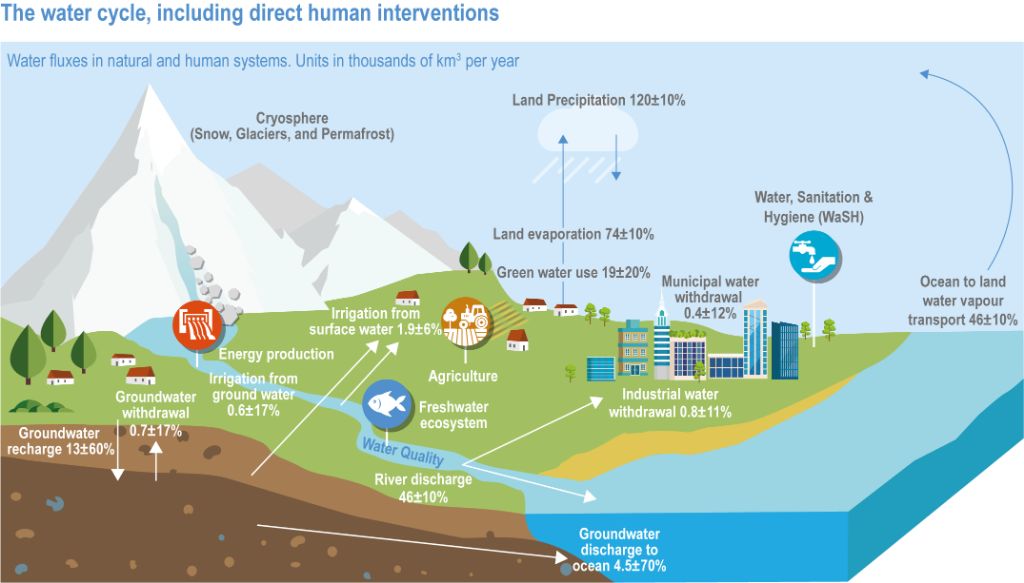
Power plants return the water they use back to water bodies after heating it up. Discharging large amounts of hot water raises the temperature of receiving waters. Thermal pollution can reduce dissolved oxygen levels and disrupt sensitive aquatic ecosystems.
Chemicals and heavy metals picked up from power plant equipment and processes can also contaminate the water that gets discharged back into the environment. This polluted water poses risks to fish, plants and other aquatic life.
Dams built to provide hydropower flood large areas of land to create reservoirs, altering natural water flows and displacing species. Changes to sediment transportation also impact downstream habitats.
Reducing power plant water withdrawals, limiting thermal discharges and properly treating wastewater can help mitigate some of these ecological damages. But generating electricity from water will always have environmental tradeoffs that must be managed responsibly.
Water Conservation Methods
There are various techniques and technologies that can help reduce water consumption for electricity generation. Some key methods include:
Using alternative water sources – Using treated wastewater, brackish water, or seawater for cooling instead of freshwater can significantly reduce freshwater needs. Desalination can be used to produce clean water from non-fresh sources.
Dry cooling – Dry cooling systems use air instead of water for cooling. This eliminates water losses from evaporation but requires more energy for fans.
Hybrid wet-dry cooling – Combining wet and dry cooling to optimize water savings and energy efficiency.
Water recycling – Recycling and reusing water multiple times for cooling to reduce withdrawals.
Improved intake systems – Using screens, barriers and fish handling systems to reduce aquatic life losses from water intakes.
Cooling ponds – Using constructed ponds for water recycling and cooling to reduce withdrawals from natural water bodies.
Better cooling towers – Using more efficient heat exchangers, drift eliminators and pumping systems in cooling towers to reduce evaporation losses.
Dry bottom ash handling – Using dry systems versus sluicing with water to handle combustion waste from coal-fired plants.
Future Outlook
Looking ahead, water usage for electricity generation is likely to evolve along with changes in the energy landscape. Several key factors will shape future water demand:
- The energy mix – A shift toward renewable sources like solar and wind would decrease water needs compared to fossil fuels. However, nuclear and some renewables still require water for cooling and other uses.
- Technology improvements – Advances like dry cooling for thermal plants, more efficient turbines, and recycled wastewater could reduce the amount of freshwater needed per megawatt.
- Population growth – More people and economic development will drive electricity demand up, increasing net water use unless efficiency also rises.
- Climate change – Impacts like droughts or warmer water sources may constrain available supplies and make power plant cooling less efficient.
- Policies and incentives – Regulations, carbon pricing, and subsidies could accelerate the transition from water-intensive generation like coal to lower water-use renewables.
While future power sector water use is difficult to predict, most scenarios suggest improvement opportunities through technology, policies, and smarter energy choices.
Conclusions
The amount of water needed to generate one megawatt of electricity can vary greatly depending on the energy source and power plant technology used. On average, nuclear and fossil fuel plants like coal and natural gas require significant amounts of water for cooling and steam generation. Renewable sources like wind and solar PV need very little water by comparison.
For a typical nuclear plant, over 500 gallons may be needed per MWh. Coal plants can use over 300 gallons per MWh on average. Natural gas combined cycle plants utilize less, around 200 gallons per MWh. In contrast, wind and solar PV need less than 20 gallons per MWh, mostly for cleaning panels and mirrors.
Regional factors like water availability and regulations also impact water use intensity. Plants in drier areas often utilize closed-loop cooling to conserve water. And new plants are being built with more water-efficient technologies. But with electricity demand rising, water conservation remains crucial, especially in drought-prone regions.
Overall, generating electricity requires substantial amounts of water, especially for thermoelectric sources. But renewable energy and improved efficiency provide promising paths to reduce water usage and impacts. Wise management of energy and water resources will become increasingly important in the future.


